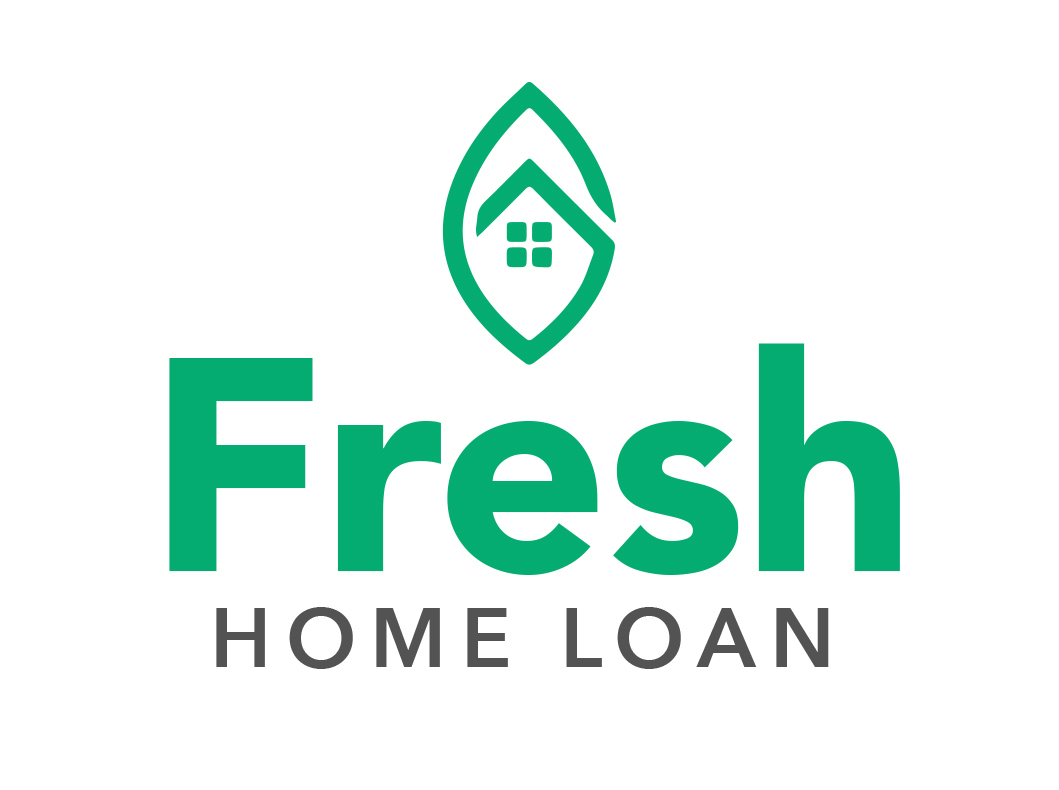While the concept of a mortgage has been around for centuries, the modern mortgage didn’t really take footing in America until the late-1800s. While traditional mortgage financing has certainly evolved since its original inception, reverse mortgages have had a much shorter tenure.
According to the National Reverse Mortgage Lenders Association, reverse mortgages didn’t really gain any traction until the late-1980’s, a period in which housing received a lot of attention after struggles earlier in that decade.
Back then the Federal Reserve was struggling to combat inflation, in part due to the experienced oil crisis. As a result, traditional mortgage interest rates hit a high of around 18.45%1.
It wasn’t until President Ronald Regan amended the Housing and Community Development Act in 1987 that helped spark the reverse mortgage market.
While mortgage interest rates are nowhere near those set a few decades prior, it’s important to understand how mortgages evolved from that time into what we now see today. If it weren’t for those past struggles, would reverse mortgages still even be around?
Let’s take a closer look at the history of the reverse mortgage and review how it has helped to transform and shape mortgage markets for the better.
The Home Equity Conversion Mortgage (HECM) Program is Born
In 1989, the first FHA-insured reverse mortgage was issued to a consumer marking a major milestone in reverse mortgage history. Not only were reverse mortgages now federally recognized and backed as a viable financial vehicle, but the market was also beginning to get some exposure to the program.
But this unprecedented moment in time wouldn’t have been possible without revisions to the Housing and Community Development Act a few years prior. Amendments to this law in 1987 instituted provisions for the Federal Housing Administration (FHA) to insure home equity conversion mortgages.
Initially, the Department of Housing and Urban Development (HUD) invited only 50 lenders to participate in the pilot program which was to last only through September of 1991. However, due to its popularity the HECM program was extended through 19952.
Eventually, the program was made permanent in 1998, after the National Reverse Mortgage Lenders Association (NRMLA) was established just a year prior2.
One of the reasons why many argue this is where reverse mortgages got their start is because it wasn’t until this time that reverse mortgages were truly systemized. Furthermore, it made it easy for lenders to warm up to reverse mortgages as a feasible solution when the federal government was regulating and insuring them.
To attract more lenders to the program, the HUD increased the max allowable origination fees lenders could charge back in 20002. It also increased the volume cap multiple times to allow more originations to occur as it began to see an uptick in new loans.
Emergence of HECM Saver and HECM for Purchase
In October of 2010, the HECM Saver program was introduced in response to the increasing number of foreclosures the market was experiencing because of the 2007-08 financial crisis. The traditional program was then referred to as the Standard program.
In short, the new HECM Saver program allowed borrowers to access a smaller percentage of their home’s market value, even as property values were declining amidst the financial fallout.
As a result, mortgage insurance premiums that borrowers had to pay were reduced significantly, although the program didn’t see a tremendous amount of success.
In September of 2013, the programs converged and combined again into a new unified program. The result was an increase to the initial credit amount borrowers could request, exceeding that of the current HECM Saver threshold, but lower than the previous HECM Standard program.
Before 2013, the program required an initial mortgage insurance premium (MIP) of 2% of the home’s appraised value4.
HUD also launched purchases as part of the program’s offering around 2008. Also known as HECM for Purchase or Reverse for Purchase, the program enabled eligible borrowers the flexibility to purchase a new home while simultaneously eliminating their monthly mortgage payments.
Homeowners found many benefits to the new program including making it easier to downsize and move closer to family or loved ones.
Borrowers could also borrow more than 60% of the principal limit, which would have penalized them through a higher up-front mortgage insurance premium (MIP) using the new standard program4.
Changes to the Program
Over the years, HUD updated the HECM program to address deficiencies, key regulatory issues, and consumer protections.
For example, in 2011 the Consumer Financial Protection Bureau (CFPB), as a part of the Dodd-Frank Act, began regulating activities related to covered financial institutions, including those that dealt with reverse mortgages2.
Additionally, in 2013 the Reverse Mortgage Stabilization Act was passed which helped shore up HUD’s mortgage insurance fund for reverse mortgages2.
A year later, HUD also announced additional due diligence requirements by tweaking financial assessment guidelines to help reduce defaults2. Similarly, FHA also implemented collateral risk assessments to help address properties with potentially inflated valuations2.
Even as HUD continues to tighten guidelines and credit requirements for HECM loans, the program continues to be a popular choice among consumers. In fact, HECM volume increased by nearly 38% in 20203.
Riding the Ups and Downs of Private Programs
Private or proprietary reverse mortgage programs have evolved alongside the FHA home equity conversion program over the years. Initially, most programs addressed deficiencies in the market that surrounded properties in higher valued markets, gaining traction in the mid-2000’s.
Over the years, HUD tightened the amount of money the HECM program would allow in relation to a property’s market value, which created an opportunity for private programs to flourish.
However, in 2008 investors receded away from mortgage entirely which severely impacted the private reverse mortgage market to the point where pretty much all originations dried up. There was about a five-year period where no private reverse mortgages were really being completed.
Eventually, new private programs began to emerge again, but at a gradual pace. It wasn’t until about 2014 that Urban Financial of America rolled out a new proprietary reverse mortgage program called HomeSafe, that the market began seeing some traction5.
Competition warily followed suit, with the addition of new programs to the public about two years after the launch of HomeSafe5. As new investors warmed up to private reverse mortgage programs again, it helped facilitate new innovations and products launching private programs even further than before.
Private programs also found additional opportunities with the tightening of HUD’s HECM program guidelines that were in part used to triage against the losses it experienced in the aftermath of the 2007-08 financial crisis.
Suddenly, lenders found added flexibility with private programs including different draw options, customizable terms (including adjustable-rate options), and lower rates.
Similarly, concerns about the effects of the COVID-19 pandemic had mortgage and real estate markets spinning at the start of 2020. But as the market began to stabilize and property values started exploding, homeowners considering reverse mortgages prior to the pandemic now found themselves with even more equity than before.
While some lenders exited the reverse mortgage space, other providers found opportunity to service a growing demand amongst older homeowners.
Sources
1 Elvi, Z. (2013, November 22). Why Mortgage Rates Once Reached a Sky-high 18.5%. Retrieved June 21, 2021, from https://finance.yahoo.com/blogs/just-explain-it/why-mortgage-rates-matter-152241574.html
2 National Reverse Mortgage Lenders Association. (2020, July 24). An Overview of Reverse Mortgage History. Retrieved June 21, 2021, from https://www.nrmlaonline.org/2020/07/24/an-overview-of-reverse-mortgage-history
3 Wharton, D. (2021, January 11). How Much Did HECM Volumes Increase in 2020? Retrieved June 21, 2021, from https://themreport.com/daily-dose/01-11-2021/how-much-did-hecm-volumes-increase-in-2020
4 Pfau, W. (2018, November 30). A Brief History Of Reverse Mortgages In The United States. Retrieved June 21, 2021, from https://www.forbes.com/sites/wadepfau/2018/11/29/a-brief-history-of-reverse-mortgages-in-the-united-states/?sh=3d75a0a11ba3
5 Branson, M. G. (2020, November 23). The Evolution Of Jumbo Reverse Mortgages. Retrieved June 21, 2021, from https://www.forbes.com/sites/forbesrealestatecouncil/2020/03/04/the-evolution-of-jumbo-reverse-mortgages/?sh=3b7c65dd627d


